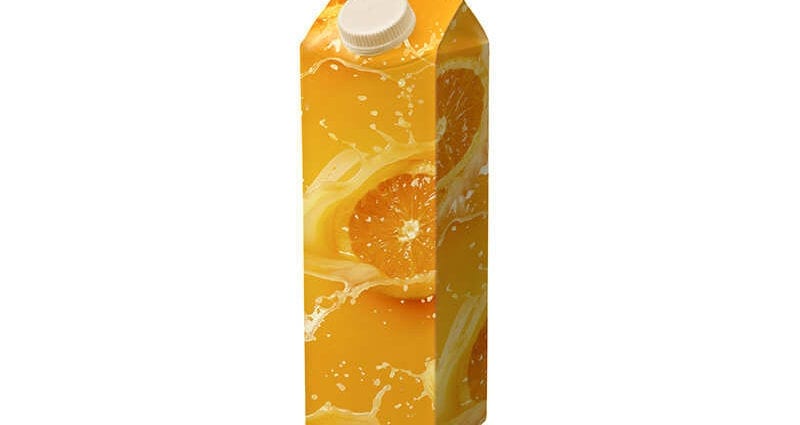Millions of scientific articles and popular works have been written about the benefits of juices; these drinks are used in dietetics, cosmetology, medicine, accompany a person in fitness centers and on sports grounds. A glass of juice has become a kind of symbol of a healthy life. Much is known about the vitamins and minerals contained in any fruit, however, when purchasing a drink, everything turns out to be much more complicated, especially if we are not talking about freshly squeezed juice – fresh juice, but about a wide variety of juice-based products sold in stores in plastic packaging.
It is difficult to find a person who really believes in a commercial where fruits ripen in a sunny tree garden, immediately fall into bags with a brand inscription and are delivered to the nearest stores, where they are bought by mothers and wives who take care of the health of their families. Not to mention the fact that such a situation is impossible in a country where the temperature does not rise above zero for at least five months a year, the shelf life of such juices is very short, and in an open package the drink sours in a little less than a day. In fact, only one domestic producer, Sady Pridonya, produces real juice of direct extraction.
All other drinks are made by reconstitution, or, more simply, by diluting the frozen concentrate with water. It is the same directly squeezed juice from which most of the water has been removed using a special technology. At the factory, it is defrosted, water, preservatives, flavors, additional vitamins are added and pasteurized – once heated to 100-110 degrees, which allows you to get rid of possible bacteria and microorganisms. After these procedures, the juice is poured into packages and delivered to stores. The shelf life of such a drink is up to 12 months, and an open bag can be safely stored for up to 4 days.
The question of what happens to the juice as a result of all these processes, except for the increase in the shelf life and the disappearance of all bacteria, is far from so simple. It is known that this destroys all pectin substances and loses all antioxidant properties. Losses of vitamins are also quite large, for example, vitamin C is destroyed very quickly at high temperatures and it is simply impossible to keep it intact during pasteurization. However, manufacturers, striving to restore the nutritional value of the product as much as possible, enrich it with additional vitamins, both of chemical and natural origin. For example, vitamin C, derived from cherries, is added to orange juice. In addition to vitamins, during recovery and pasteurization, the juice loses its natural fruit smell, therefore, along with other substances, flavors are added to it, which can also be of both chemical and natural origin.
Juice products have their own classification depending on the content: premium – the best juices, containing a minimum of foreign substances and additives, without fruit pulp and skins; standart – drinks with pulp particles and fruit peel flavors and pulp wash – low concentration of juice with a large amount of artificial additives – citric acid, sugar, flavors.
It is known that most nutritionists recommend increasing the intake of juices during weight loss, as they compensate for the lack of micronutrients with minimal calorie intake. However, it should be remembered that this applies primarily to juices made at home or in a restaurant. As for the factory drinks, you should pay attention to the composition: a large amount of sugar and preservatives can not only not improve your well-being, but also harm the body, especially with regular and abundant consumption. In addition, some manufacturers write on the labels that their juices do not contain sugar, but instead of it there are no less harmful substitutes – saccharin or aspartame in combination with acesulfame.
It is impossible to say unequivocally that freshly squeezed juices are healthier than reconstituted ones, as they also have their drawbacks. For example, to bring the products to the place of production, the fruits are harvested still green, in addition, only special varieties are used, and such perishable vegetables and fruits as bull’s heart tomatoes or Jaffa oranges do not withstand a long journey and are collected only for the production of juice concentrates with subsequent recovery. In addition, most of the vitamins in fresh juices are lost during prolonged storage in a plastic bag or glass jar.










